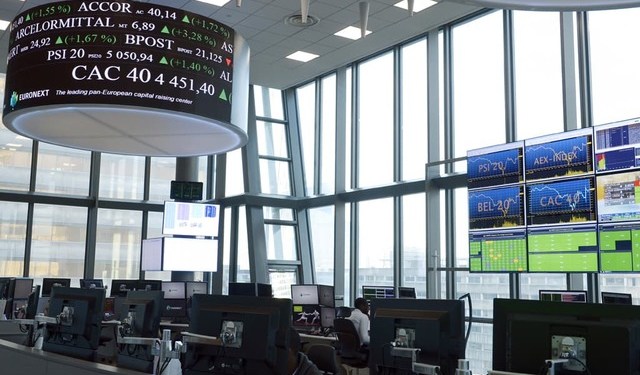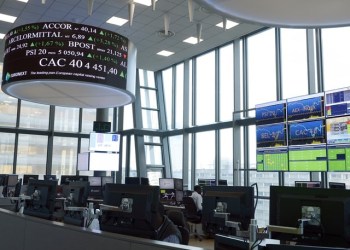
© Reuters.
LCO
+0.71%
Add to/Remove from Watchlist
Add to Watchlist
Add Position
Position added successfully to:
Please name your holdings portfolio
Type:
BUY
SELL
Date:
Amount:
Price
Point Value:
Leverage:
1:1
1:10
1:25
1:50
1:100
1:200
1:400
1:500
1:1000
Commission:
Create New Watchlist
Create
Create a new holdings portfolio
Add
Create
+ Add another position
Close
CL
+0.86%
Add to/Remove from Watchlist
Add to Watchlist
Add Position
Position added successfully to:
Please name your holdings portfolio
Type:
BUY
SELL
Date:
Amount:
Price
Point Value:
Leverage:
1:1
1:10
1:25
1:50
1:100
1:200
1:400
1:500
1:1000
Commission:
Create New Watchlist
Create
Create a new holdings portfolio
Add
Create
+ Add another position
Close
By Ambar Warrick
Investing.com– Oil prices rose on Thursday as data showed U.S. inventories shrank at a faster-than-expected rate, although rampant fears of a recession dimmed the outlook for crude markets after causing sharp losses this week.
An increasing number of market participants warned that high U.S. inflation and rising interest rates could bring about a recession in 2023, with economic growth expected to cool significantly from current levels.
This dulled sentiment towards crude, pushing prices to their weakest levels this year. But markets took some relief from data showing U.S. inventories shrank more than expected in the week to December 2, signaling some near-term tightening in the country’s crude supply.
Brent oil futures rose 1% to $77.95 a barrel, while West Texas Intermediate crude futures rose 1.1% to $72.84 a barrel by 22:30 ET (03:30 GMT). Both contracts lost more than 9% so far this week, and were trading just above their weakest level since end-2021.
China, the world’s largest crude importer, announced the relaxing of more COVID-related restrictions this week – a move that is eventually expected to help support global oil demand.
The country is reconsidering its strict zero-COVID policy amid a wave of unprecedented public protests against the policy, as well as deteriorating economic growth.
But given that China is facing its worst COVID outbreak yet in terms of daily infections, analysts expect some uncertainty over the reversal of zero-COVID in the coming months.
While U.S. crude inventories shrank more than expected, production surged to its highest level since August, a move that is likely to offset tightening supply.
A bigger-than-expected rise in gasoline and distillate inventories also drove up concerns over slowing consumer demand for fuel, which is a major driver of U.S. oil consumption.
Focus this week is on U.S. producer inflation data for November, which is expected to provide more cues on the path of inflation.
While price pressures eased more than expected in October, they remained well above the Federal Reserve’s target range, which could invite more interest rate hikes by the central bank.
Rising interest rates weighed heavily on crude markets this year, with analysts warning that a sustained rise in borrowing costs could further depress demand in the coming months.
The Fed is expected to hike rates by a relatively smaller margin next week in its final meeting for December. But the central bank has warned that U.S. rates could peak at higher-than-expected levels.
Source: Investing.com


























